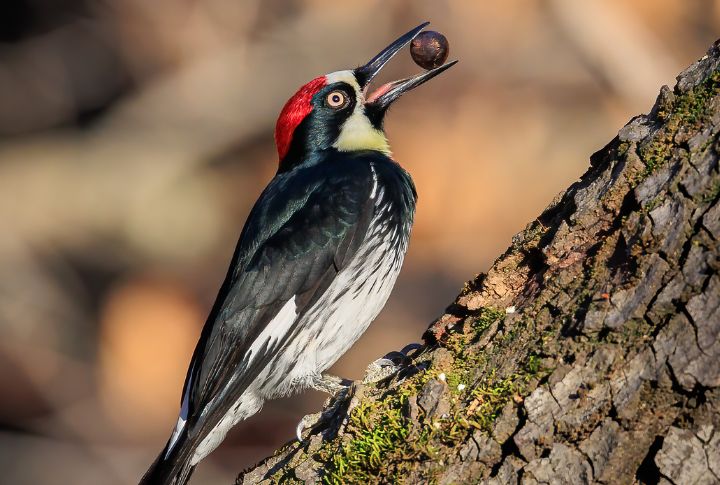
Woodpeckers bring drama and a bit of mystery to any treetop scene. One might hammer out a rhythm loud enough to echo for miles while another swoops through the air chasing insects mid-flight. Their quirks are real, and their impact is undeniable. For birders who want more than just flashes of feathers, these 10 species are worth knowing.
Pileated Woodpecker
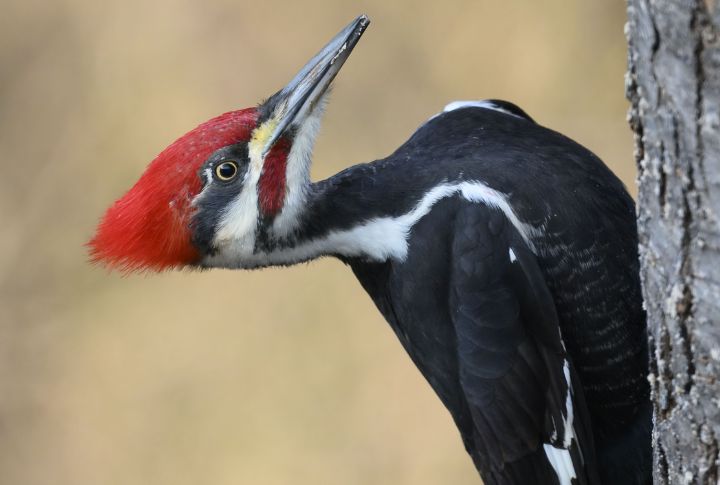
Stretching up to 19 inches long with a wingspan of up to 30 inches, the Pileated Woodpecker makes rectangular holes in trees while searching for carpenter ants. Its hammering sometimes echoes across forests. Rare at feeders, it’s also said to have inspired the cartoon Woody Woodpecker with its distinctive size and sound.
Red-Headed Woodpecker
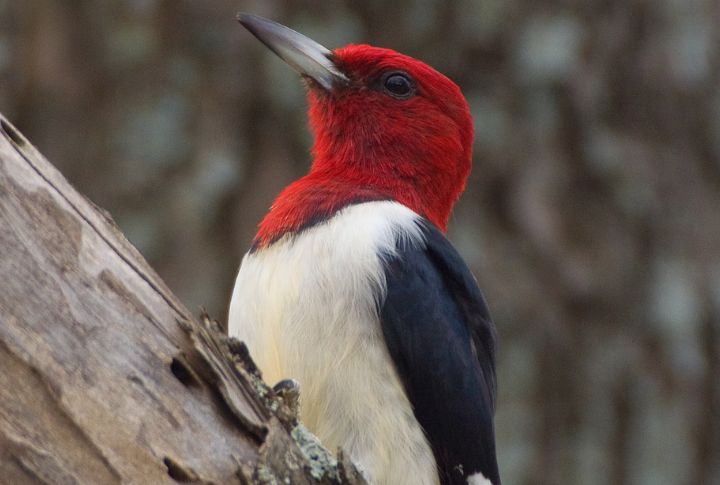
Known for its completely red head, this woodpecker catches insects midair like a flycatcher. The bird hides food under the bark and returns to the same nest cavity yearly. Numbers declined due to habitat loss, but its acrobatic hunting style and vivid colors make it unforgettable.
Downy Woodpecker
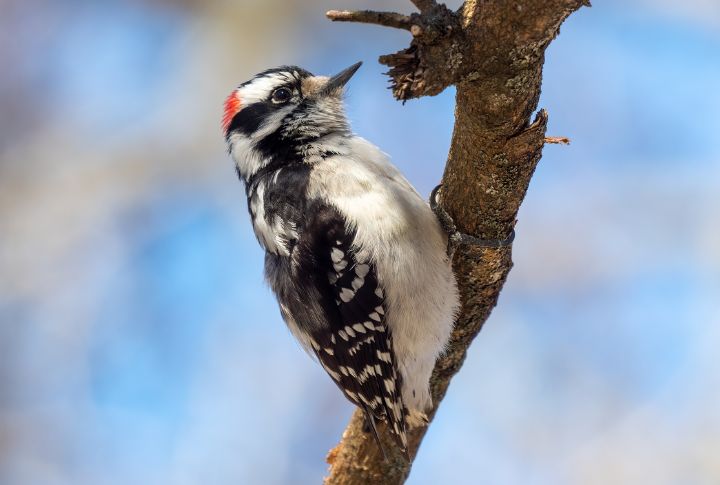
Don’t let its size fool you—this six-inch woodpecker is everywhere but Hawaii. The Downy Woodpecker often joins winter flocks, creating a soft, rapid drumming sound. Backyard birdwatchers love it for a good reason: it’s one of the most common visitors to suet feeders in cities and suburbs alike.
Northern Flicker
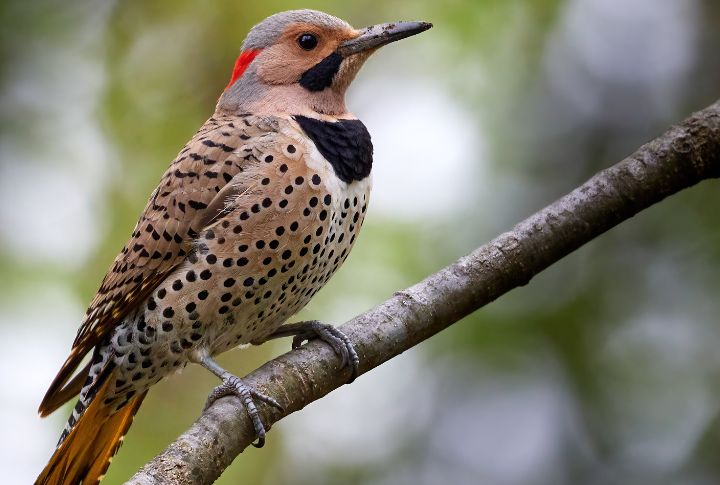
Unlike others, the Northern Flicker feeds mostly on ants and beetles that it digs up. The wings of this woodpecker flash yellow or red in flight, depending on the region. It also nests in tree holes and prefers horizontal perching with a loud, repeating call that echoes through woodlands.
Hairy Woodpecker
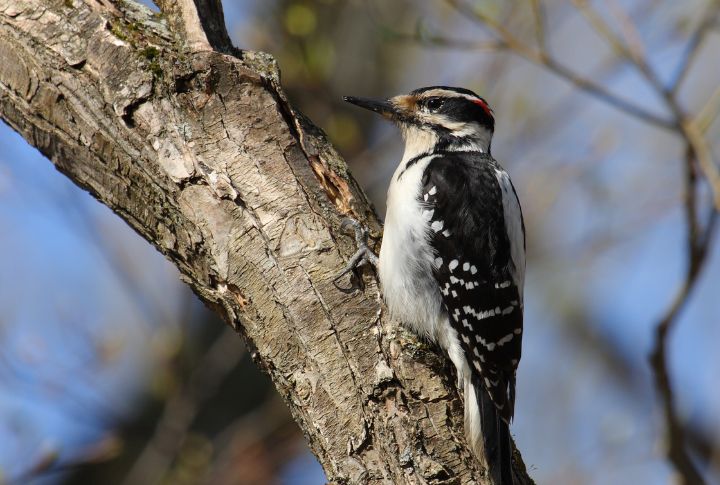
Larger than its lookalike, the Downy, the Hairy Woodpecker sports a strong, chisel-like bill built for tearing into bark. It feeds on hidden larvae and doesn’t shy away from defending its turf. Found in forests and urban parks, its old nesting holes often become homes for other cavity-dwellers.
Acorn Woodpecker
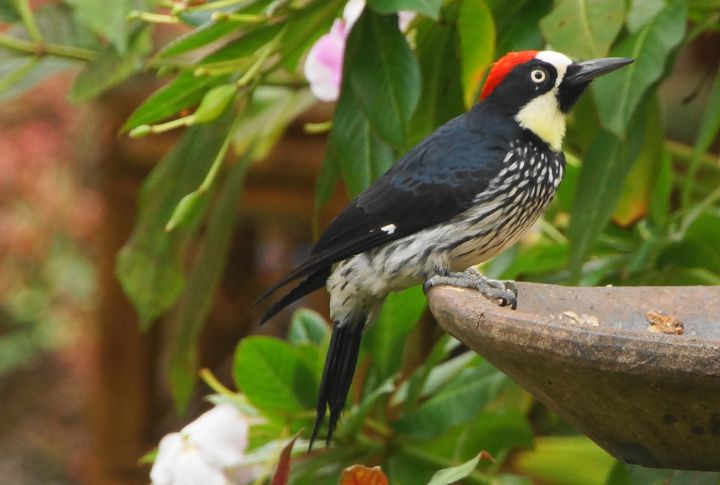
Famous for drilling thousands of holes to store individual acorns, this bird lives in large family groups that breed cooperatively. They defend their granary trees fiercely. Their unusual “laughing” call and bold behavior are common along the Pacific Coast and parts of the Southwest.
Red-Bellied Woodpecker
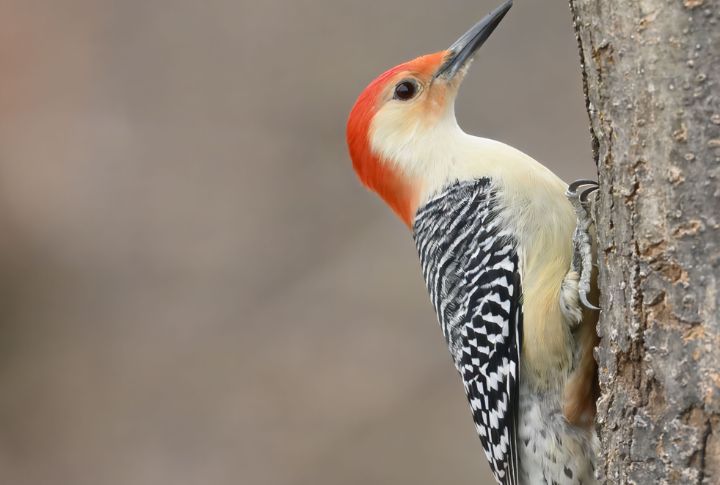
Despite the name, its red belly is barely visible. What stands out is the striped black-and-white back. It finds food in fence posts and bark, and it also eats fruit, seeds, and small lizards. The rolling “churrr” call often gives it away before it’s seen.
Lewis’s Woodpecker
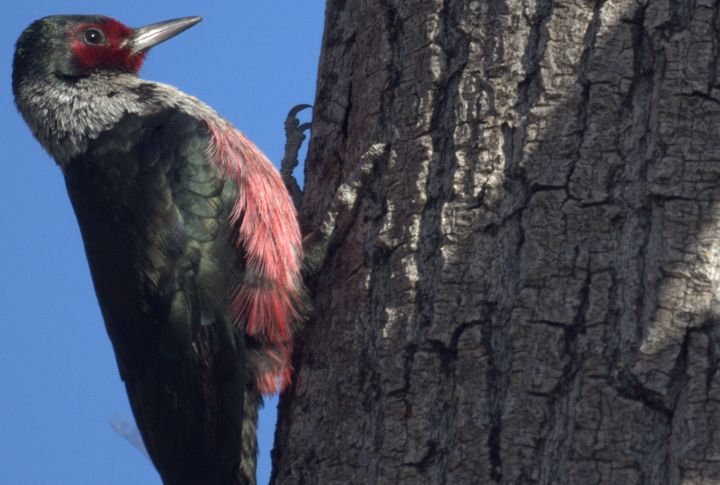
With a shimmering green back and pinkish belly, Lewis’s Woodpecker doesn’t act like most woodpeckers. It glides between trees and catches insects in midair. Additionally, the bird favors open pine forests and recently burned areas. Instead of hard drumming, it relies more on vocal calls for communication.
Yellow-Bellied Sapsucker
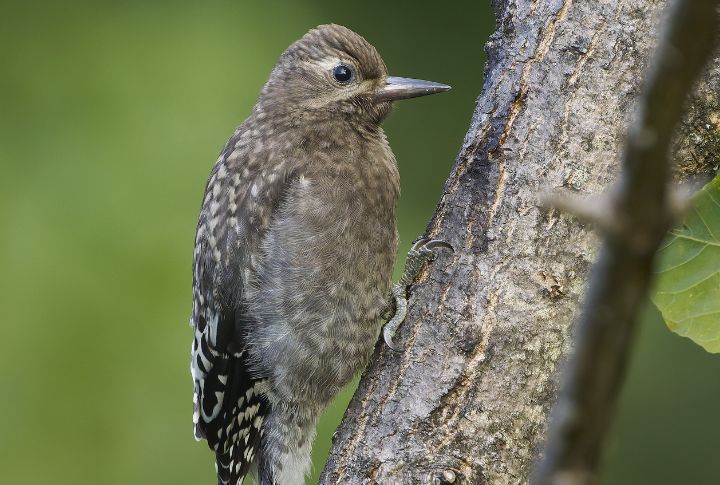
The Yellow-Bellied Sapsucker doesn’t just tap trees—it patterns them. It feeds on sap and insects drawn to the sticky trails, and hummingbirds often follow. This species migrates farther than most North American woodpeckers, and trees marked with rows of small holes point to its recent visit.
Ivory-Billed Woodpecker
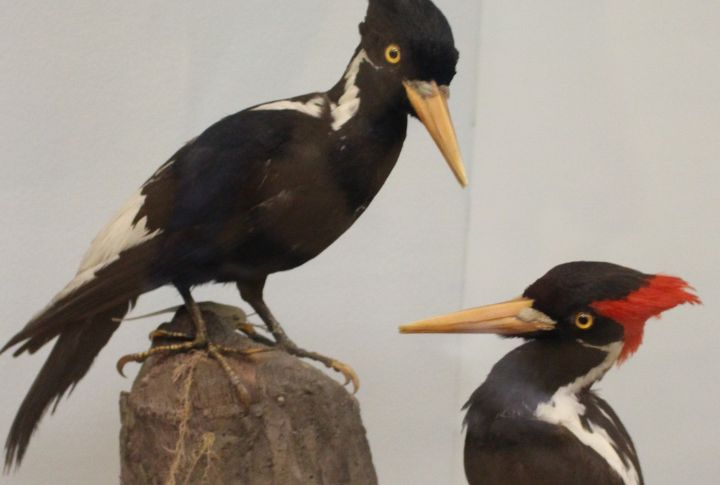
Reported extinct but occasionally sighted, the Ivory-billed once ranked among the world’s largest woodpeckers. This woodpecker lived in untouched southern swamps and required vast forests. Its white wing markings and loud double-knocking drumming stood out, and conservationists still debate its status after decades without confirmed proof.
